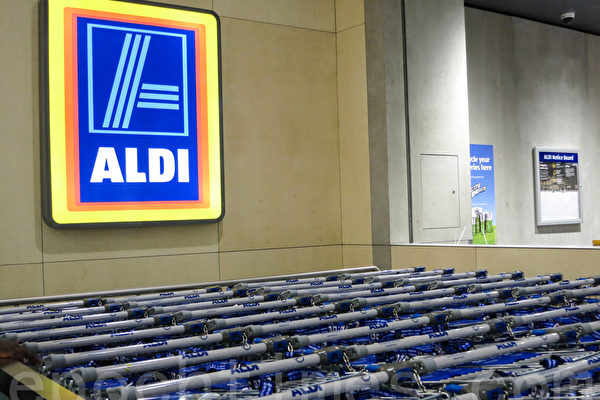In the past year, a small chain of food supermarkets known for its low prices and 25 cent coin-operated shopping carts has emerged as a winner in the face of inflation in the United States.
As food prices skyrocketed, more and more Americans flocked to this small chain supermarket run by a German grocery retailer.
According to mobile device location data from analysis company Placer.ai, Aldi’s foot traffic in March increased by about 26% compared to the same period in 2023, surpassing competitors Kroger (6%) and Trader Joe’s (15%).
Aldi’s CEO in the United States, Jason Hart, told The Wall Street Journal that Aldi’s competitiveness is reflected in its pricing. He casually picked up a bottle of own-brand barbecue sauce from the shelf, priced at about $1.5, while a similar brand, “Sweet Baby Ray’s,” was $3.
To understand customers’ needs, he insists on working in the store one day a week to help customers find products.
According to data from retail research and consulting company Customer Growth Partners, in the first three months of 2024, a basket of 50 typical household items at Aldi was about 6% cheaper than Walmart, with fresh and frozen foods being nearly 16% cheaper.
As labor, transportation, and commodity costs rise, lowering prices in the entire grocery industry has become more challenging.
Hart revealed that Aldi’s secret lies in reducing costs and prices by relying on continuously growing stores and increasing sales to retain customers.
He explained that about 90% of Aldi’s products are own-brand, so they have control over production and sales. In turn, increased sales make it easier for Aldi to negotiate lower prices with suppliers.
Hart said that in the summer of 2023, they saved about $60 million in transportation costs by actively bidding the freight business to different carriers. The saved funds were used to lower the prices of fresh meats sold at Aldi.
So far, Aldi has 2,400 stores in the United States, maintaining a small size and minimalist style, focusing on saving money in almost every aspect of operation.
Its stores are usually smaller, around 20,000 square feet, less than half the size of a typical supermarket. The small footprint means lower rent, lower electricity consumption, and fewer staff.
At the same time, the products it sells are very focused, meaning they can buy products in bulk from suppliers at cheaper prices.
According to data from the Food Marketing Institute (FMI), each Aldi supermarket typically sells about 2,000 items, while the average number of products for large supermarket operators exceeds 31,000.
Over the past decade, Aldi has been adding about 100 stores in the United States each year. Now, they plan to double this pace and add 800 stores nationwide by the end of 2028.
According to data from consumer research company Numerator, Aldi’s overall market share in the US food and grocery sales is still small, at about 3%, while the largest retail giant, Walmart, holds nearly 30% of the market share.

